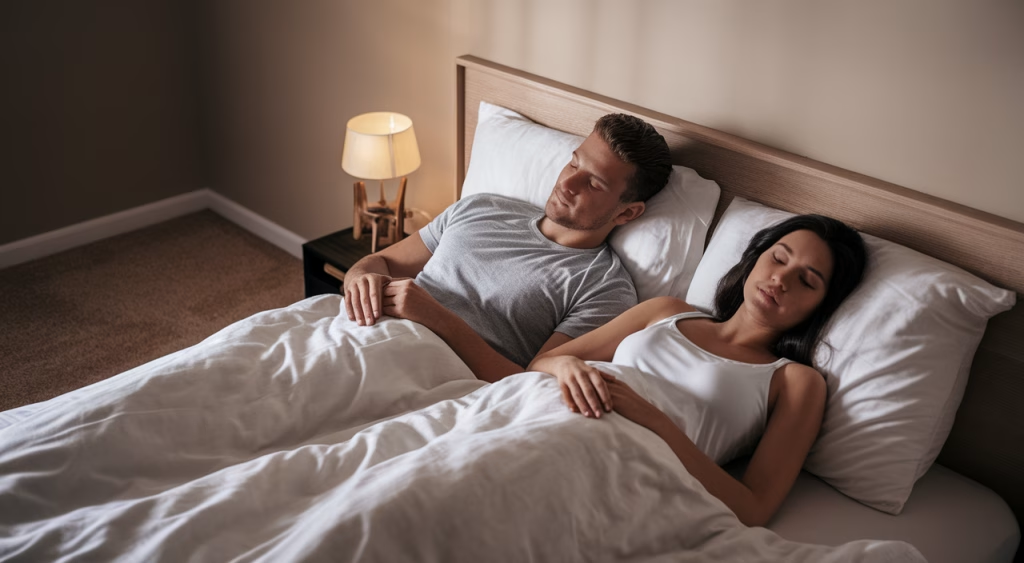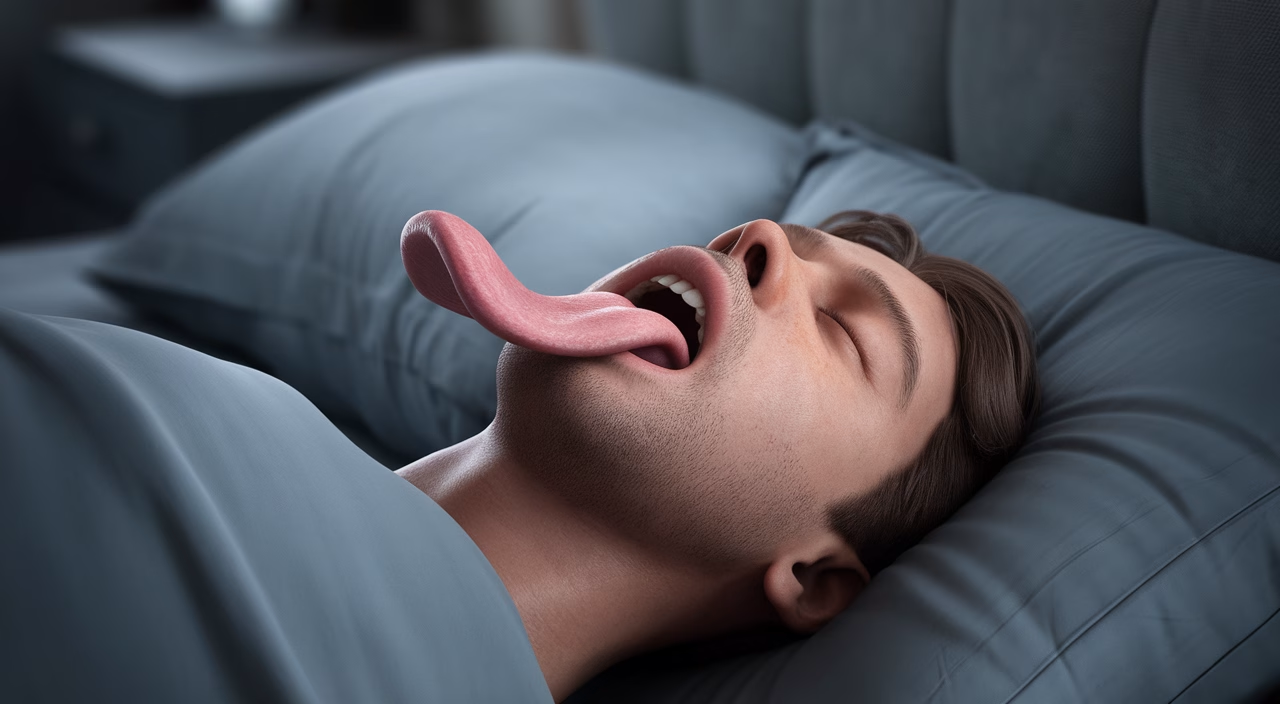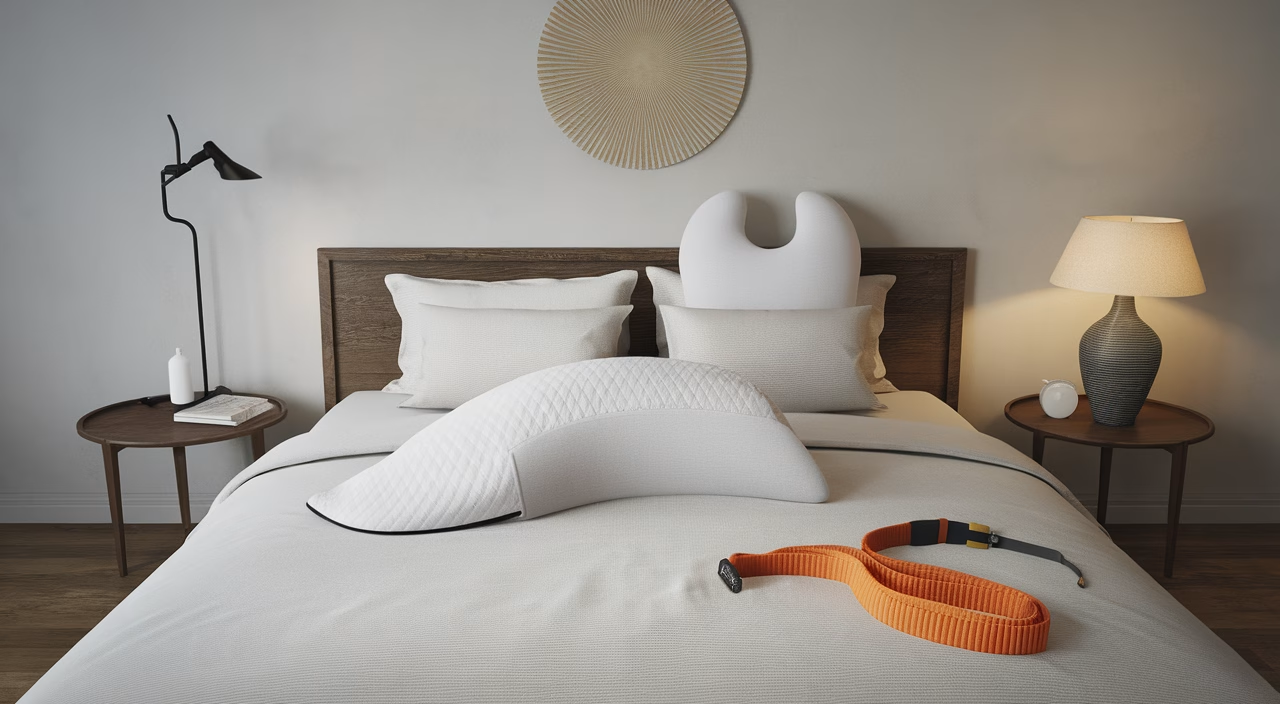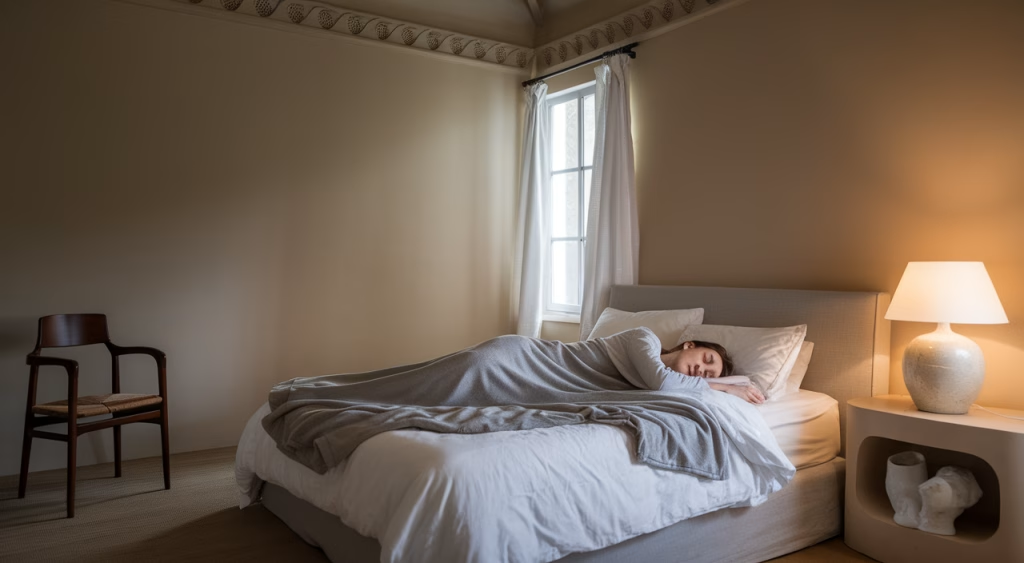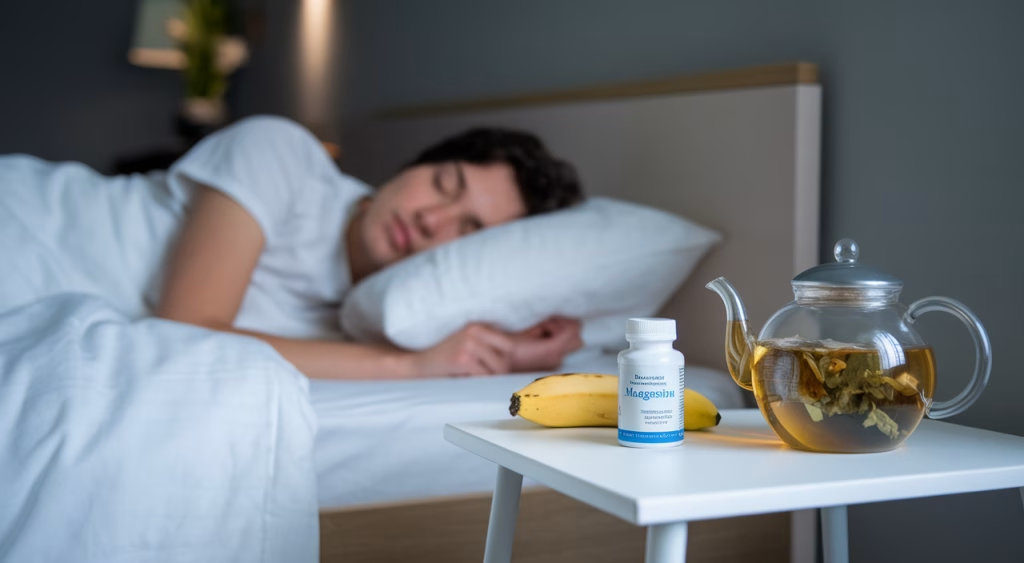Can Changing Your Sleep Position Actually Help Reduce Snoring?
Yes, your sleep position plays a major role in snoring — and adjusting it might be one of the simplest, yet most effective ways to reduce or even eliminate snoring. Whether you sleep on your back, side, or stomach, each posture uniquely affects the openness of your airways and the quality of your breathing during sleep.
TL;DR — Summary of Sleep Positions & Snoring Tips
- Back sleeping often makes snoring worse by collapsing soft tissue into the airway.
- Side sleeping is the best position for keeping airways open and snoring at bay.
- Using positional therapy tools like wedge pillows or sleep belts aids in maintaining the right posture.
- Snoring may also indicate sleep apnea, a more serious condition that should be evaluated by a professional.
- Personal factors like weight, nasal congestion, or alcohol intake can influence how sleep position affects snoring.
- Knowing your unique snoring pattern helps customize your sleep posture for best results.
The Connection Between Sleep Position and Snoring
If you—or your partner—snores, you may already suspect that certain positions make things worse. But let’s unpack the science behind why this happens.
Snoring is caused by the vibration of soft tissues in the throat when airflow becomes partially obstructed during sleep. Your sleep position directly influences how these tissues behave. Depending on whether you’re on your back, side, or stomach, your tongue, jaw, and throat tissues shift—either clearing your airway or shrinking it.
Understanding the Impact of Back Sleeping on Snoring
Back sleeping—while comfortable for many—places gravity in charge of your airway. As you rest on your back, your tongue and soft palate naturally fall backward. This narrows the airway, especially near the base of the tongue and throat, increasing the risk of vibrations and ultimately, snoring.
In people with sleep apnea, back sleeping is particularly problematic. Obstructive sleep apnea episodes are known to increase when lying supine, since the upper airway collapses more easily in this position.
- Pros: Eases spine alignment, reduces facial wrinkles
- Cons: Increases snoring and apnea risk, especially in overweight individuals
Tip: If you’re a dedicated back sleeper, try using a wedge pillow to slightly elevate your head and upper body. This can reduce airway collapse and snoring intensity.
Benefits of Side Sleeping for Snoring
Side sleeping is often recommended as the best sleep position to reduce snoring, particularly lying on your left side. This position encourages gravity to pull the tongue and soft palate forward rather than backward, keeping the throat airway clear.
Additionally, side sleeping can improve circulation, reduce acid reflux, and even help manage mild sleep apnea.
- Pros: Opens the airway, reduces snoring frequency, supports digestion
- Cons: May cause arm numbness or shoulder pain if support isn’t optimal
Suggestion: Use a firm cervical pillow or body pillow to maintain side alignment and prevent rolling onto your back at night.
Practical Tips for Better Sleep and Reduced Snoring
Now that we’ve covered how your sleep position and snoring are connected, it’s time to apply that knowledge. Changing the way you sleep may take time, but with some guidance and the right tools, it’s achievable.
Adjusting Your Sleep Position: Dos and Don’ts
For many people, reverting to a preferred (and snore-inducing) position is an unconscious habit. Positional retraining helps break that cycle. Here’s how:
- DO use a body pillow for comfort and reinforcement of side positions.
- DON’T rely solely on alarms or wearable devices — they work best when paired with physical props.
- DO sleep with your upper body slightly elevated if you’re a back sleeper with no shoulder issues.
- DON’T ignore signs of severe sleep apnea (gasping, daytime fatigue, loud choking) — seek medical assessment.
In practice: If you notice you snore less at the beginning of the night (when you’re still on your side) and more later (after rolling onto your back), consider using a back-position alert device or stitching a tennis ball into your sleepwear to deter rolling.
Alternative Remedies for Snoring: Positional Devices and Pillows
Not everyone can change sleeping positions easily — especially heavy snorers or those with joint issues. That’s where snoring remedies come in. Some devices are specifically designed to encourage side sleeping or elevate the body comfortably to avoid airway collapse.
| Device Type | Purpose | Ideal For |
|---|---|---|
| Wedge pillows | Elevate upper body | Back sleepers with mild snoring |
| Positional sleep belts | Discourage rolling onto back | Combo sleepers |
| Body pillows | Support side sleeping habits | Uncomfortable side sleepers |
These aids are most helpful when matched with a consistent bedtime routine and attention to other snoring causes like nasal congestion and alcohol intake.
Snoring and Sleep Apnea: When to Seek Help
Snoring isn’t always harmless. If your snoring is accompanied by gasping, pauses in breathing, or excessive daytime sleepiness, you may be dealing with obstructive sleep apnea.
This condition involves intermittent airway blockage and can lead to serious health risks like high blood pressure, heart disease, and chronic fatigue. If positional changes and snoring remedies don’t work after a few weeks, it’s time for a sleep study.
Cost Guide for Positional Snoring Aids (Singapore)
| Product Type | Low-End (SGD) | Mid-Range (SGD) | High-End (SGD) |
|---|---|---|---|
| Wedge Pillows | $20–$40 | $50–$80 | $100–$160 |
| Sleep Belts / Shirts | $25–$45 | $60–$100 | $120+ |
| Body Support Pillows | $30–$50 | $70–$90 | $110+ |
FAQs About Sleep Position and Snoring
What is the best sleep position to stop snoring?
Side sleeping—especially on the left—is considered the best position to reduce snoring. It helps keep airways open and promotes smooth airflow.
Why does back sleeping make snoring worse?
When you lie on your back, gravity pulls your tongue and soft palate backwards, narrowing your airway and increasing tissue vibration—aka snoring.
Can sleeping upright help with snoring?
Yes, slightly elevating your head and torso (such as on a wedge pillow) can reduce airway collapse and is particularly helpful for nasal congestion or mild apnea.
Are there any sleep positions that help with sleep apnea?
Side sleeping is generally helpful, especially when combined with other devices like nasal dilators or CPAP if prescribed. Avoid sleeping on your back if diagnosed with obstructive sleep apnea.
What if I can’t sleep on my side?
Try supporting your back with pillows or use a body pillow to ease into side sleeping gradually. Positional devices or sleep training methods can also help.
Final Thoughts: Tune into Your Body—and Snooze Smarter
Your snoring might be your body’s way of saying, “Let’s switch positions.” While there’s no one-size-fits-all answer, understanding how sleep position and snoring relate can help you take practical and personalized steps toward quieter, healthier sleep. Small changes—like turning on your side or using the right pillow—can have big effects over time.
If you’ve tried positional tips with no relief, consult a specialist. Natural remedies work for many, but some cases need deeper evaluation. Listen to your nights—and your body will thank you in the mornings.

